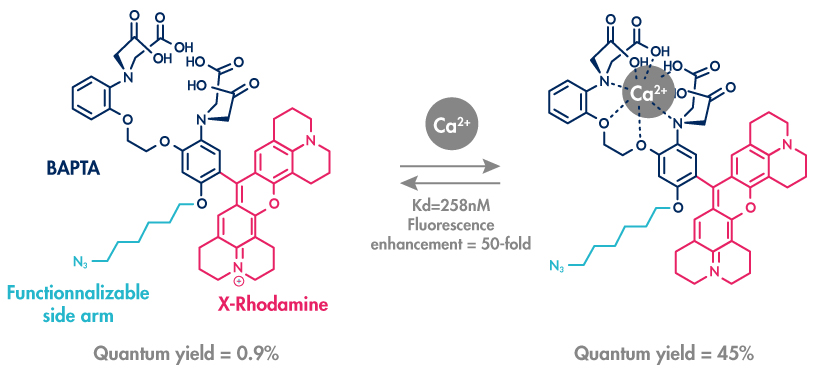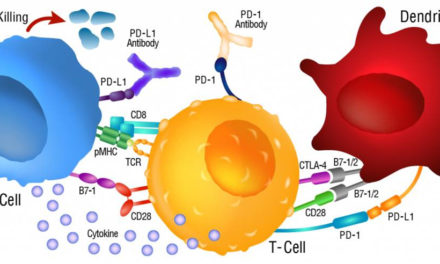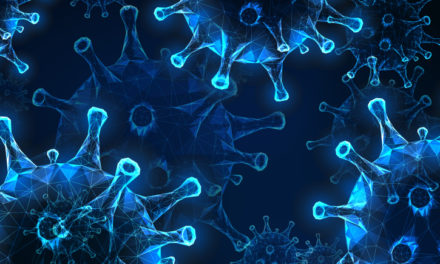with the possibility to selectively couple it to proteins for measuring local changes in Ca2+ concentrations
The widely use of green probes as GFP encourages the search for calcium-sensitive probes that emit in the red or even infrared. The second requirement is to have a probe fast enough to detect activity that causes changes in calcium concentration. The new CaRuby-nano meets ideally this dual requirement (Collot et al., 2015). Also the functionnalizable side arm is compatible with copper free click chemistry, e.g. DBCO for dextran conjugation, quantum dots or proteins of interest.

Another challenge is to achieve greater tissue depths for imaging of neuronal activity (800μm and beyond). A major goal of multi-photon microscopy is the deep imaging, e.g., in infragranular neocortical layers or in subcortical structures. The CaRuby-nano with red-shifted two-photon excitation and fluorescence emission spectra can be advantageous for accessing deeper tissue regions.
| Indicateur de Ca2+ | AM1 | Salt2 | Ex/Em (nm) | FCa/Ffree3 | Kd (nM) | Luminosité-S/B4 |
| CaRuby-nano | – – – | FP-CARUBN | 575/610 | ~50 | 258 | *** |
1. AM: cell-permeable acetoxymethyl ester form.
2. Salt: cell-impermeable salt derivatives (sodium, ammonium or potassium salt from).
3. FCa/Ffree: Fluorescence intensity of Ca2+ bound indicator relative to its Ca2+ free indicator form.
4. Fluorescence brightness and signal-to-background ratio graded on scale * (low brightness) to *** (intensely bright)
Other widely used calcium indicators
| Indicateur de Ca2+ | AM1 | Salt2 | Ex/Em (nm) | FCa/Ffree3 | Kd (nM) | Luminosité-S/B4 |
| Fluo-3 | FP-78932A | FP-I3021A | 506/526 | ~100 | 390 | * |
| Fluo-4 | FP-729716 | FP-M20202 | 494/516 | ~100 | 345 | ** |
| Ca2+ Green-1 | FP-88919B | LQU710 | 506/531 | ~14 | 190 | *** |
| Ca2+ Green-5N | FP-67431A | – – – | 506/531 | ~38 | 14,000 | *** |
| Ca2+ Orange | FP-37581A | – – – | 549/576 | ~3 | 185 | ** |
| FP488 BAPTA-1 | FP-431791 | – – – | 494/523 | ~14 | 170 | *** |
1. AM: cell-permeable acetoxymethyl ester form.
2. Salt: cell-impermeable salt derivatives (sodium, ammonium or potassium salt from).
3. FCa/Ffree: Fluorescence intensity of Ca2+ bound indicator relative to its Ca2+ free indicator form.
4. Fluorescence brightness and signal-to-background ratio graded on scale * (low brightness) to *** (intensely bright)
Bibliography
Collot M. et al., A red calcium indicator dye for dual-color imaging, Nature Methods 12:490 (2015)
Rai M. et al., Metal Nanoparticles as Therapeutic Agents: A Paradigm Shift in Medicine, Chapter 3 in Metal Nanoparticles: Synthesis and Applications in Pharmaceutical Sciences, Wiley-VCH ISBN: 978-3-527-33979-2 (2018)
Zamaleeva A. et al., FRET-Based Nanobiosensors for Imaging Intracellular Ca2+ and H+ Microdomains, Sensors 15(9):24662-24680 (2015)
Know more:
- Search ion indicators online.
- To contact us so that we can best support you: +33 4 70 03 73 06 or biosciences@advion-interchim.com















